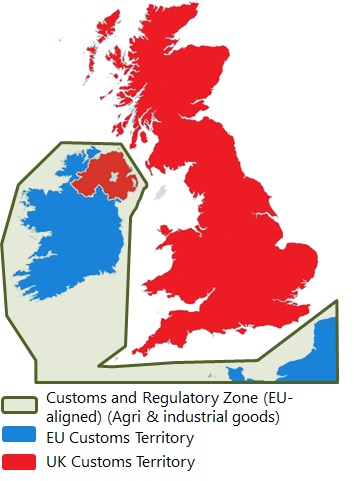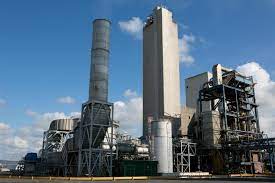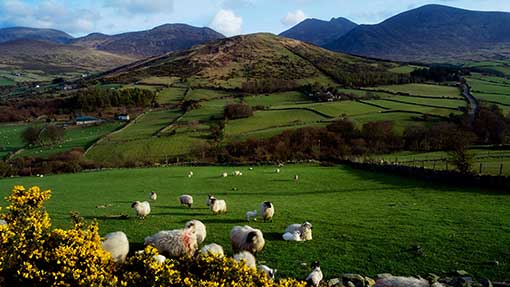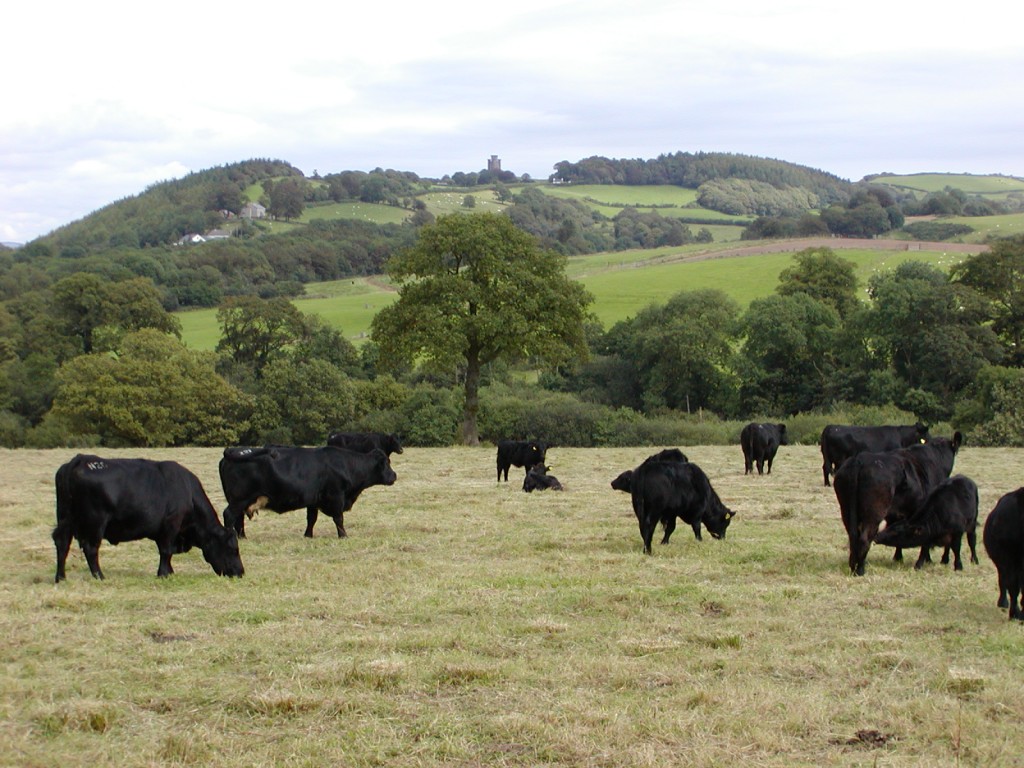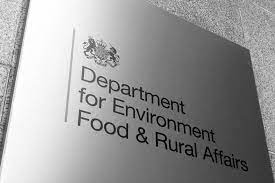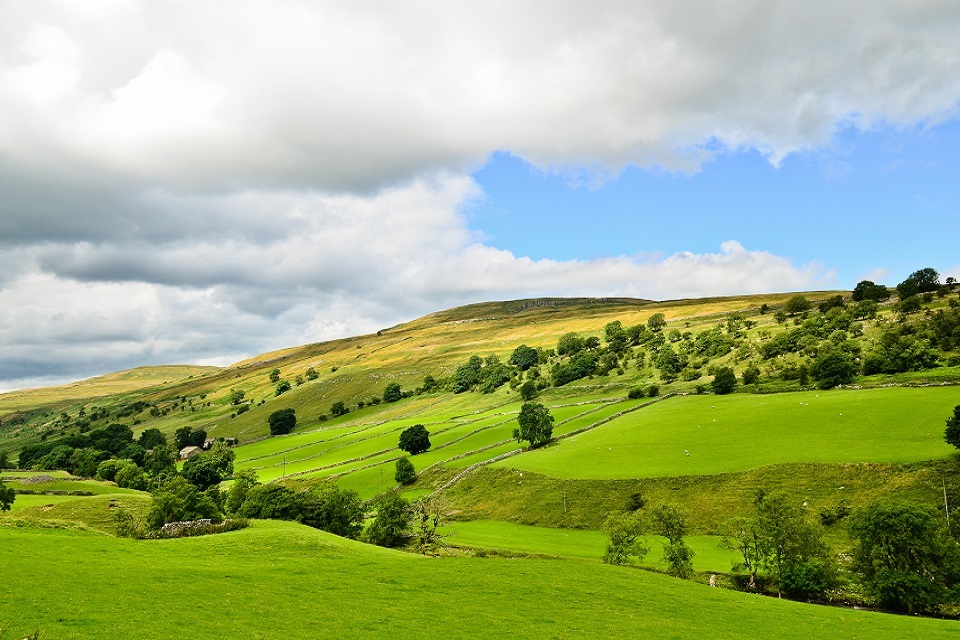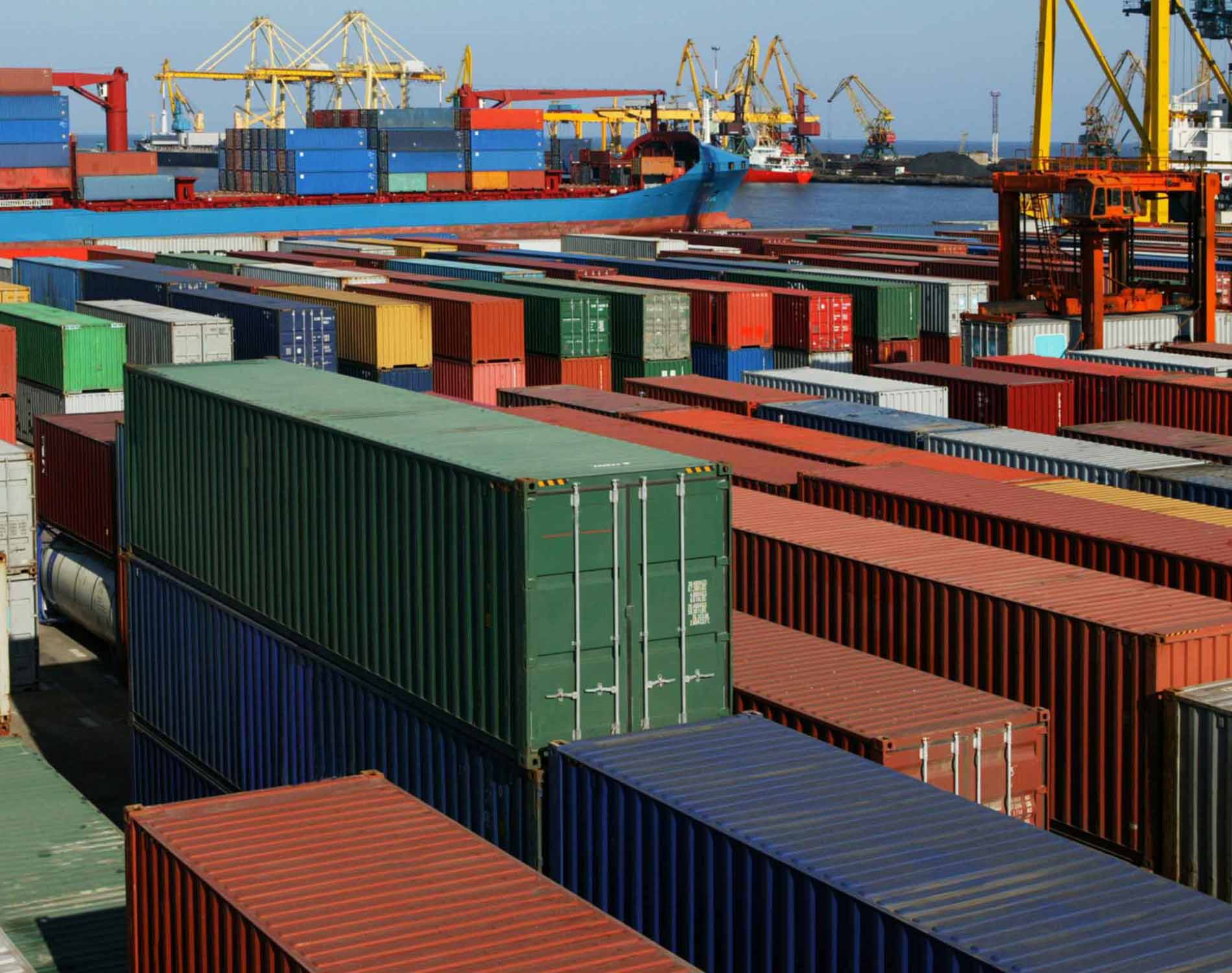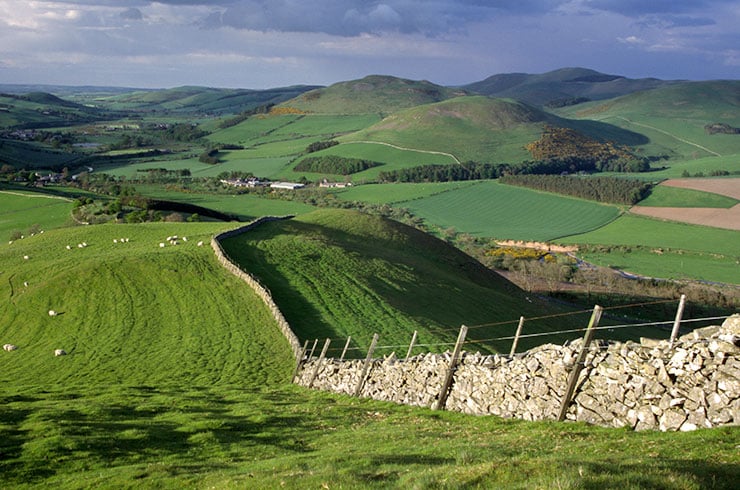Proposals to simplify the operation of the Northern Ireland Protocol would see checks on consumer goods arriving from Great Britain drop by an estimated 80% as well as a greater role for NI institutions in the operation of the Protocol.
The plans come from the European Commission and aim to address the difficulties that Northern Ireland has been experiencing as a result of the NI Protocol. This is the arrangement put in place via the UK-EU Withdrawal Agreement to avert a hard border on the island of Ireland. However, by keeping NI in the Single Market for goods it meant the introduction of customs and regulatory checks on products entering NI from GB. This has angered Unionists who see a threat to the integrity of the UK and has also caused practical problems in the supply of goods – especially foodstuffs.
The Commission has published four ‘non-papers’ suggesting further flexibilities on key areas, as outlined below. These proposals are applicable to GB-NI trade only and don’t affect the significant trade friction on GB-EU trade. For agri-food, the proposals on SPS are the most important.
- Food, Animal and Plant Health (Sanitary and Phytosanitary (SPS) regulations): proposes the following;
- ‘Simplified access’ (simplified certification and reduction of physical checks) for GB-NI movements of a significant range of retail goods (destined solely for sale to end consumers in NI retail shops).
- Simplified certification: means that if a truck load of agri-food goods destined for an NI retail distribution centre contained 100 products subject to SPS regulations (but are not prohibited/restricted), just one simplified official certificate would be required stating that the goods meet EU standards, as opposed to the default of 100 health certificates.
- Reduced checks: documentary checks would remain compulsory and would be carried out remotely (electronically). Identity and physical checks would need to be performed at Border Control Posts but could be reduced substantially with a focus on risk-based management principles. The Commission claims that regulatory checks could reduce by approximately 80% although it is unclear how such an estimate was reached.
- Exemptions for ‘identity products’: such as Cumberland sausages and other chilled meats brought in from GB for final consumption in NI, provided such products remain aligned with the EU’s standards.
- Conditions for simplified access include;
- Labelling: products packed for consumers need to be labelled accordingly and should be only permitted for sale in the UK.
- Goods sold to other operators (e.g. farmers or food processors) would be excluded from these arrangements.
- Origin: simplified access would only be applicable to goods originating in the UK as defined by the UK-EU Trade and Cooperation Agreement (TCA).
- Monitoring: these facilitations would only be available to “authorised traders” and the EU would need to have access to NI databases for verification purposes and to monitor trade flows.
- Safeguards include a review clause as well as the following mechanisms;
- Compliance verification mechanism: via audits and on-site inspections of traders by the EU Commission and Union representatives in NI.
- Unilateral measures by the EU: to suspend or revoke facilitations in the case of the UK failing to react to or to remedy an identified problem.
- Rapid reaction mechanism: to identified problems in relation to individual products or traders.
- ‘Simplified access’ (simplified certification and reduction of physical checks) for GB-NI movements of a significant range of retail goods (destined solely for sale to end consumers in NI retail shops).
- Customs: the EU proposals are aimed at dramatically reducing customs formalities and costs for goods deemed “not at risk of being subsequently moved into the (European) Union”. These are essentially goods for final consumption in Northern Ireland, effectively creating an “express lane” upon arrival in NI for such goods. Whilst further detail will be required on how these reduced formalities would operate in practice, the EU is again seeking access to ‘real-time’ data to ensure that the Single Market is protected.
- Medicines: focuses on ensuring undisrupted medical supplies from GB to NI for the benefit of patients in NI. Whilst of limited relevance to agriculture, the EU is ready to continue discussions with the UK to help to ensure continuity of veterinary medicines supply to in Northern Ireland.
- Engagement with NI Stakeholders: sets out proposals for how NI stakeholders, including business groups and Assembly members, can play a more active role in how the Protocol is implemented to ensure greater transparency. This would be done via the Joint Committee and Specialised Committee overseeing the Protocol’s implementation (e.g. on SPS rules) as well as via the EU-UK Parliamentary Partnership Assembly.
Taken together, the Commission believes that these proposals represent a different model for implementing the NI Protocol, facilitating the highest degree of frictionless trade between Great Britain and Northern Ireland, whilst continuing to protect the Single Market. The proposals do not propose any amendments to the role of the European Court of Justice (ECJ) which the EU sees as fundamental to the functioning of the Single Market and Northern Ireland’s unique position. The UK Government is likely to take issue with this, as it sees the ECJ’s continued involvement in UK matters as a ‘red-line’. However, one does have to question how important the ECJ’s role is in practical terms for most businesses and consumers? In any case, there might be scope for an arrangement similar to the EU-Switzerland relationship where the ECJ has a more ‘arms length’ oversight of Swiss law.
The EU Commission’s proposals represent a significant shift in position and whilst more detail is needed on the specifics, they provide a firm basis for substantive negotiations to address the key Protocol difficulties. Attention now shifts towards how the UK Government will respond. Initial indications are positive. Further turbulence is expected in the coming weeks as both sides negotiate. If implemented with careful consideration of both communities, the Protocol has the potential to offer Northern Ireland ‘the best of both worlds’ in terms of being an integral part of the UK and enjoying frictionless access to the EU Single Market for goods. It could, therefore, be a major driver of economic growth across NI and within the agri-food sector in particular.
Further detail on the EU Commission’s proposals is accessible via; https://ec.europa.eu/info/strategy/relations-non-eu-countries/relations-united-kingdom/eu-uk-withdrawal-agreement/protocol-ireland-and-northern-ireland_en#october-2021-package
